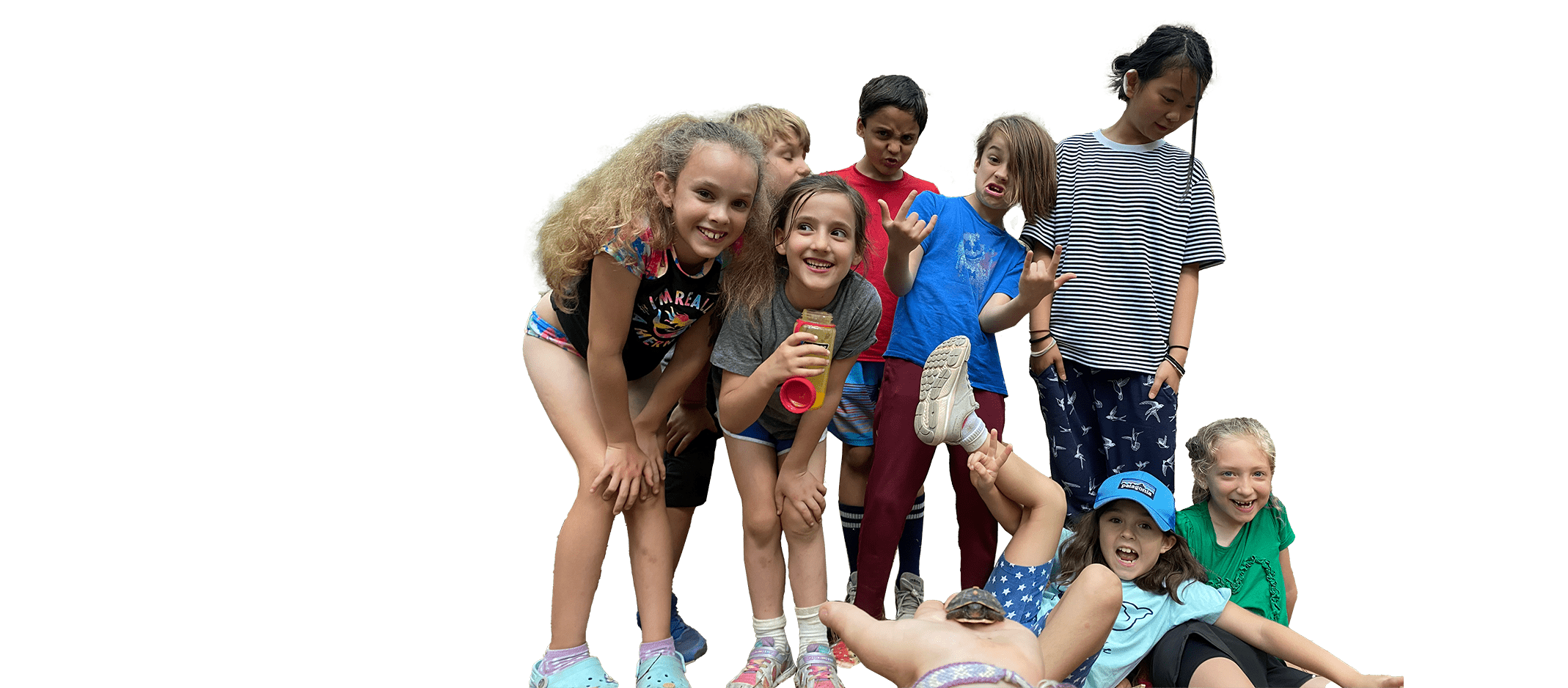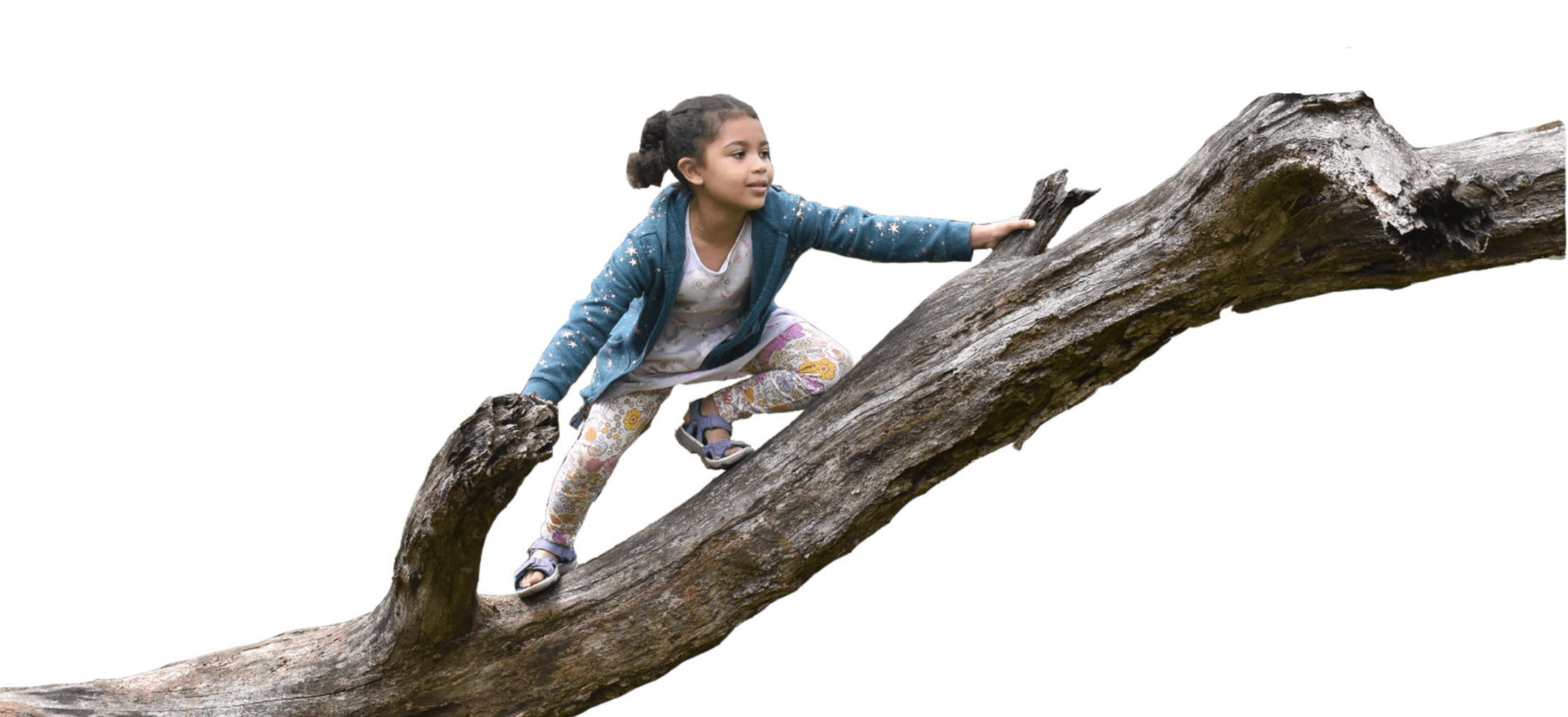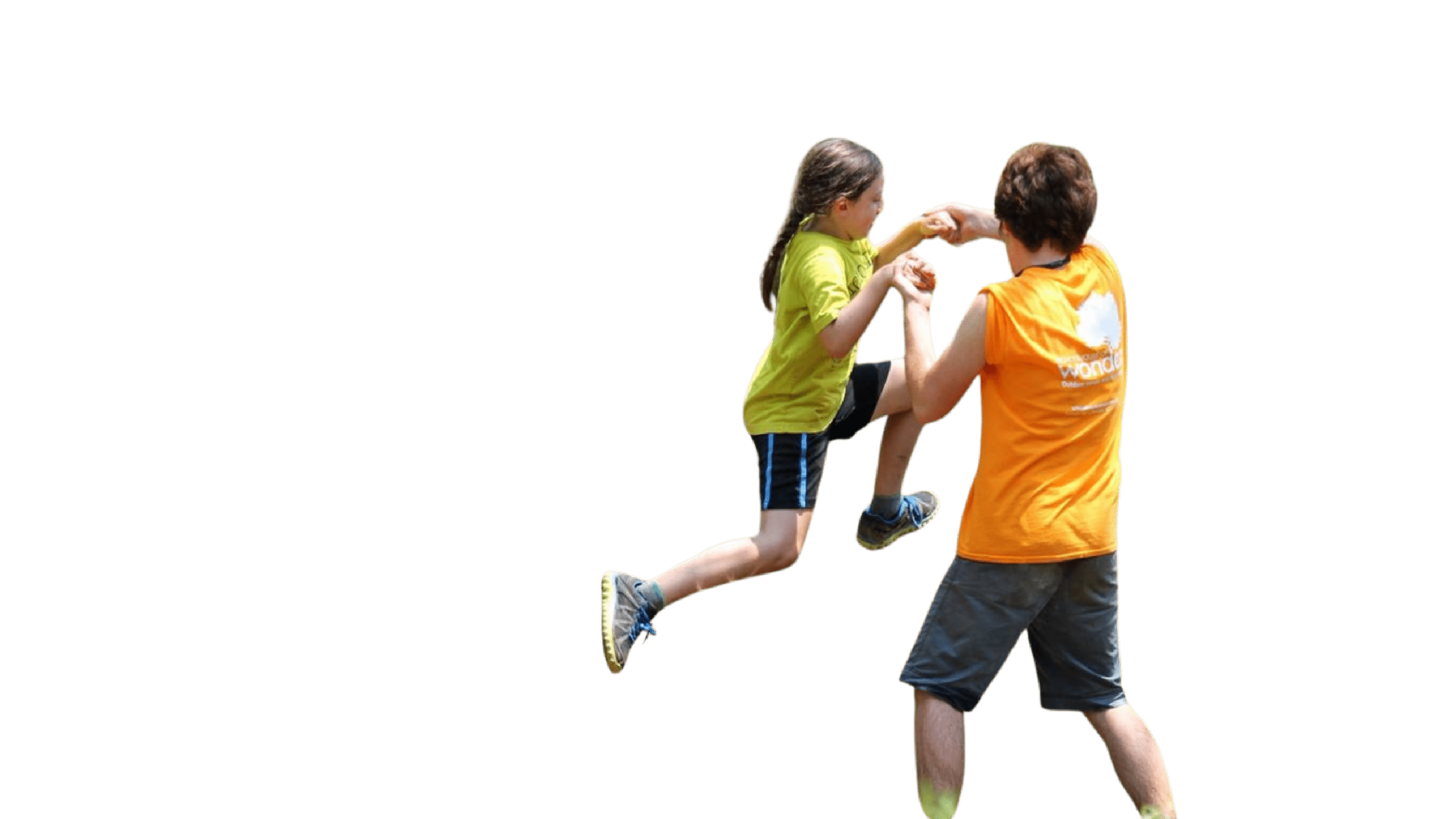Outdoor recreation and education have a special place in the hearts of humans across the globe. For some, the outdoor spaces that we know and love have always been a free and open place where they can get together and be themselves in nature. However, Black History Month serves as a reminder that many outdoor spaces have not always been free and open places where everyone can gather.
Through history, nonwhite communities were driven away from national parks, state parks, and other places of recreation as a result of discriminatory laws and institutional racism. Though these inequities have had lasting effects, we are now seeing some powerful and inspiring stories as a social movement is working to create strong and healthy relationships between nonwhite folks and the outdoors.
In the 1800s, the great outdoors was romanticized as a place where one could enjoy a breath of fresh air, away from cities inhabited by the many immigrants and people of color. The National Parks Service was founded in 1916; by then, Jim Crow laws, local ordinances, and other racist customs made Black communities unwelcome in parks. Even with the official desegregation of those parks in 1945, little change was seen. In some cases, segregation allowed Black people to be present only in a certain park area — spaces which were often developed with little effort. In fact, our very own Umstead State Park was segregated until 1966.
By 1952, 180 state parks throughout nine states were available to White people. At that same time, only 12 parks allowed Black people. Both implicit and explicit racism still occur in our parks and other places intended for the shared enjoyment of nature, raising serious safety concerns in these spaces. Generations of Black families grew up without safe and equitable access to nature, and even as laws changed and the world began a slow and ongoing road to heal from racism, Black communities still make up a disproportionate minority of parkgoers, as well as National Parks employees. Driven in part by the recent Black Lives Matter protests, in the past few years a social movement has gained momentum in changing the future for Black people in the outdoors.
A Virginia based organization, Black Girls Hike, was founded in 2020 for women of color who want to adventure together in the outdoors. Black Outside is another incredible non-profit that has emerged. “We intentionally craft experiences that build off of the powerful history of people of color in the outdoors and deepen the leadership skills of our youth,” says a quote from their website, explaining the important work they have been doing. Groups like Black Outside, Full Circle Everest, Black Girls Hike, and Outdoor Afro have created welcoming opportunities for people of color to get together to experience the many natural spaces of recreation and view them as places where everyone belongs.
It is true of many things — and outdoor recreation is no exception — that we still have substantial work to do to counter generations of exclusion. The Atlantic outlined a road map for change, which outlines steps that parks can take to create more accessible spaces for all. “Ultimately,” they say, “the parks belong to the public, and anyone can become an advocate of diversity.”
This Black History Month, we encourage you to learn more about the history of your favorite green spaces.



